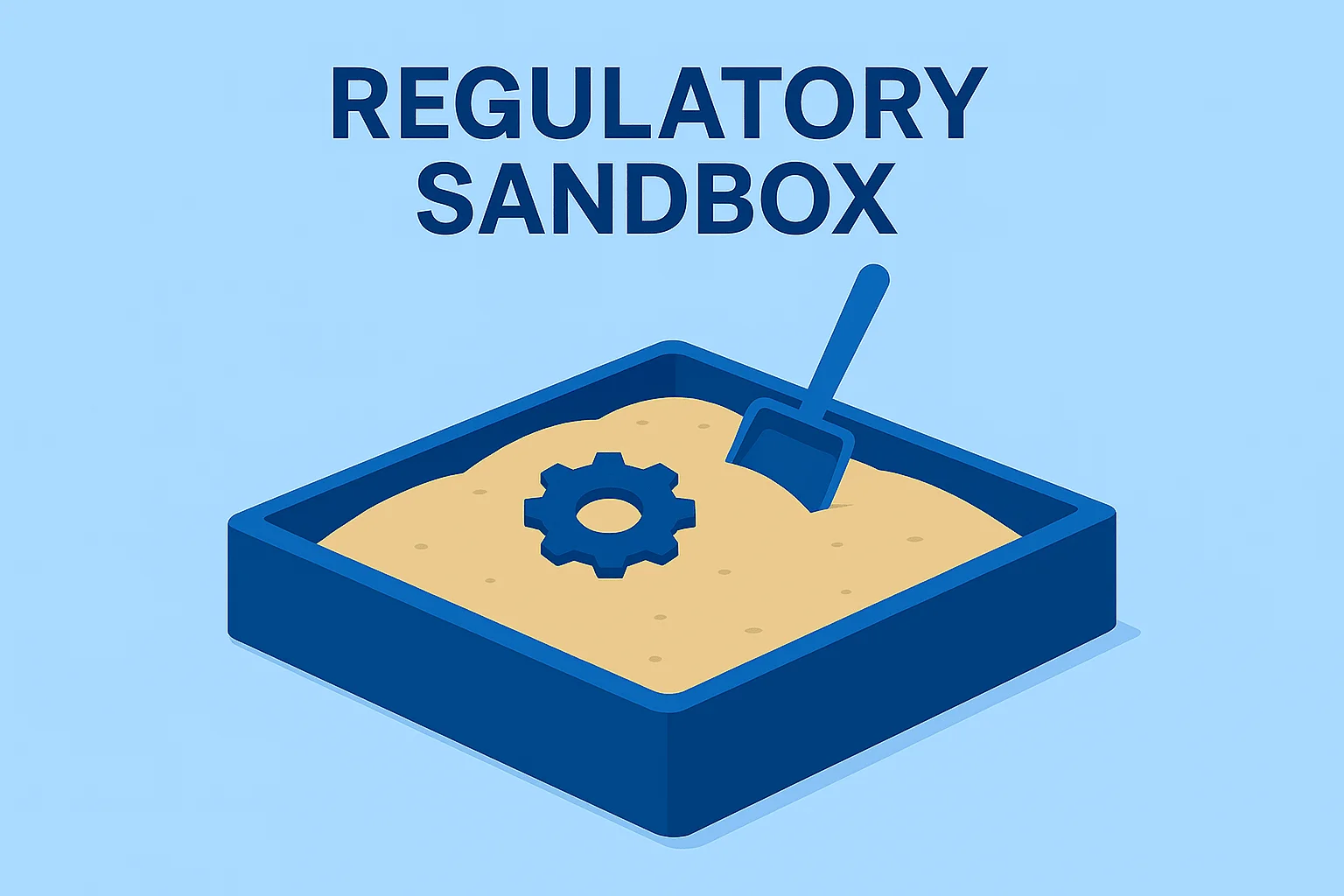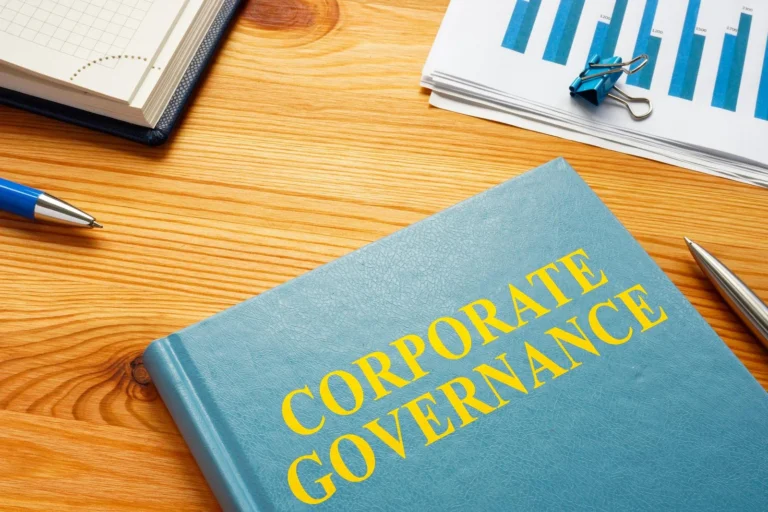The 7 Elements of an Effective Compliance Program That Keep Companies Safe
- Insights & News
- July 1, 2025
The boardroom falls silent as the general counsel delivers devastating news: a regulatory violation has triggered a government investigation that could cost millions in fines and damage the company’s reputation. This scenario happens every day as businesses discover that good intentions alone can’t protect them from complex regulations.
Today’s companies face a maze of federal, state, and international rules that change often and carry heavy penalties for violations. The solution lies in building solid compliance programs that prevent problems before they start. When done right, the 7 elements of an effective compliance program create strong defenses that keep companies safe while promoting good business practices.
What is an Effective Compliance Program?
An effective compliance program goes beyond mere policy creation to establish a comprehensive framework that influences daily business decisions and employee behavior. These programs integrate compliance considerations into operational processes, decision-making protocols, and performance evaluation systems.
The most successful compliance programs adapt to changing regulatory requirements while maintaining consistent core principles. They balance standardized approaches with flexibility to address industry-specific risks and unique business circumstances. Effective programs also demonstrate measurable outcomes through reduced violations, improved employee awareness, and enhanced regulatory relationships.
Why an Effective Compliance Program is Critical for Businesses
Smart companies invest in compliance programs for three main reasons: legal protection, financial savings, and reputation management.
Key benefits of strong compliance programs include:
- Reduced penalties when violations occur, as regulators often give credit for good-faith compliance efforts
- Lower legal costs through prevention rather than reaction to problems
- Avoided business disruptions that come from regulatory investigations and enforcement actions
- Better relationships with regulators who appreciate proactive compliance efforts
- Competitive advantages from being known as an ethical, reliable business partner
Companies with solid compliance programs also make better business decisions because they consider regulatory issues upfront rather than discovering problems later. This forward-thinking approach saves time, money, and stress while building stronger business relationships.

The 7 Essential Elements of an Effective Compliance Program
Building elements of an effective compliance program requires attention to seven interconnected components that work together to create comprehensive protection against regulatory risks. Each element serves specific functions while supporting the overall compliance framework.
Leadership Commitment to Compliance
Senior leadership commitment forms the foundation of every successful compliance program. When executives show real commitment to compliance through their words, actions, and budget decisions, employees understand that following the rules isn’t just paperwork—it’s a core business priority.
Effective leadership commitment involves several key actions:
- Regular communication about why compliance matters to the company’s success
- Visible participation in compliance training and activities by senior leaders
- Adequate funding for compliance staff, systems, and training programs
- Clear accountability for managers to ensure compliance in their departments
- Consistent enforcement of compliance standards at all organizational levels
Board oversight ensures compliance gets attention at the highest levels. Regular board reports on compliance performance and problems help maintain focus on these issues and show regulators that the organization takes compliance seriously.
Risk Assessment
Smart compliance programs start with understanding what could go wrong. Risk assessment means looking at your business operations to identify where compliance problems are most likely to happen and which ones could cause the most damage.
A thorough risk assessment examines multiple factors:
- Business activities that involve the highest regulatory risks
- Geographic locations where different rules and enforcement patterns apply
- Third-party relationships that could create compliance exposure
- New products or services that might face different regulatory requirements
- Industry trends that could lead to increased regulatory scrutiny
Companies should update their risk assessments regularly as their business changes. New markets, products, or partnerships can create different compliance risks that need attention. The goal is to focus compliance resources on the areas that matter most, rather than trying to do everything at once.
Policies and Procedures
Clear, comprehensive policies and procedures translate regulatory requirements into practical guidance that employees can understand and follow. These documents should address specific business situations and provide step-by-step instructions for complying with applicable regulations.
Effective policies balance comprehensiveness with usability. Overly complex policies may discourage employee compliance, while oversimplified policies may not provide adequate guidance for complex situations. Regular policy updates ensure requirements remain current with changing regulations and business practices.
Policy communication and accessibility are crucial for program success. Employees must know policies exist, understand how to access them, and receive training on their application. Regular policy acknowledgments and testing help ensure employee understanding and compliance.
Training and Education
Comprehensive training programs ensure employees understand their compliance obligations and know how to fulfill them effectively. Training should be tailored to specific job functions, risk levels, and regulatory requirements that affect different employee groups.
Essential training program components include:
- New employee orientation that introduces compliance expectations and resources
- Role-specific training that addresses particular compliance risks and requirements for different positions
- Regular refresher training that reinforces key concepts and addresses changing requirements
- Specialized training for high-risk activities or complex regulatory areas
- Leadership training that prepares managers to support and enforce compliance requirements
Training effectiveness should be measured through testing, feedback, and behavioral observations. Companies should track training completion rates, test scores, and compliance performance to evaluate program success and identify improvement opportunities.
Monitoring and Auditing
Regular monitoring and auditing activities help companies detect compliance problems before they become serious violations. These activities should be risk-based, focusing on areas with the highest potential for violations or the greatest regulatory consequences.
Monitoring activities can include transaction reviews, process observations, data analysis, and performance measurements. Automated monitoring systems can efficiently track large volumes of transactions or activities for potential compliance issues. Regular management reviews ensure monitoring results receive appropriate attention and response.
Independent auditing provides objective assessments of compliance program effectiveness and identifies areas for improvement. Internal audit functions or external auditors can evaluate program design, implementation, and outcomes. Audit findings should be communicated to appropriate management levels and addressed promptly.
Reporting Mechanisms
Good compliance programs make it easy for people to speak up when they see problems. This means creating multiple ways for employees, customers, and business partners to report concerns without worrying about getting in trouble for it.
Effective reporting systems offer several options:
- Anonymous hotlines for people who want to report sensitive issues without revealing their identity
- Online reporting portals that are easy to access and use
- Email addresses dedicated to compliance concerns
- In-person reporting to managers or compliance staff
- Clear protection against retaliation for people who report problems in good faith
When someone reports a concern, the company needs to investigate it quickly and fairly. Every report should get attention, even if it doesn’t turn out to be a real problem. People need to see that their concerns matter and that the company takes action when needed.
Enforcement and Discipline
Consistent enforcement and appropriate discipline demonstrate that compliance violations have real consequences. Fair, proportionate disciplinary actions reinforce compliance expectations and deter future violations by the violator and other employees.
Disciplinary policies should specify the types of violations that trigger different levels of discipline, from counseling and training to termination or legal action. Factors such as violation severity, intent, cooperation with investigations, and prior compliance history should influence disciplinary decisions.
Positive reinforcement can complement disciplinary measures by recognizing employees and managers who demonstrate exceptional compliance performance. Recognition programs, performance evaluation criteria, and advancement opportunities can all support compliance culture development.

How These Elements Work Together to Keep Companies Safe
The seven effective compliance program elements create overlapping layers of protection that strengthen overall program effectiveness. Leadership commitment provides the foundation and resources necessary for other elements to function properly. Risk assessment guides the focus and priorities for policies, training, and monitoring activities.
Well-designed policies and comprehensive training help prevent violations from occurring, while monitoring and reporting mechanisms detect problems that do occur despite preventive measures. Consistent enforcement demonstrates that compliance requirements are serious and must be followed by all employees.
Integration among elements is crucial for maximum effectiveness. Training programs should reflect current policies and address identified risks. Monitoring activities should focus on high-risk areas identified through risk assessments. Reporting mechanisms should be promoted through training and leadership communication.
Regular program evaluation ensures all elements continue working effectively together. Companies should assess each element’s performance and its integration to identify improvement opportunities and adapt to changing business conditions or regulatory requirements.
Building a Foundation for Long-Term Protection
Successful compliance programs require ongoing attention and continuous improvement. Regular program assessments help companies identify strengths, weaknesses, and opportunities for enhancement. Benchmarking against industry practices and regulatory guidance ensures programs meet current standards and expectations.
Technology can significantly enhance compliance program effectiveness and efficiency. Automated monitoring systems, online training platforms, electronic policy management, and digital reporting tools can improve program reach and reduce administrative burdens.
Professional guidance from legal experts, compliance consultants, and industry specialists can help companies design and implement more effective programs. These professionals bring specialized knowledge of regulatory requirements and best practices that internal teams may lack.
Conclusion
The seven elements of an effective compliance program work together to create comprehensive protection against regulatory risks that threaten modern businesses. Leadership commitment, risk assessment, policies and procedures, training, monitoring, reporting mechanisms, and enforcement each play critical roles in preventing violations and demonstrating good faith compliance efforts.
Companies that invest in building and maintaining robust compliance programs protect themselves from legal penalties, financial losses, and reputational damage while creating competitive advantages through ethical business practices. The complexity of current regulatory requirements makes professional compliance programs essential for business success and sustainability.
Organizations should regularly evaluate their compliance programs against these seven elements and seek expert guidance to ensure their programs meet current standards and effectively address their specific risks. Proactive compliance investment pays significant dividends through reduced legal exposure and enhanced business performance.















